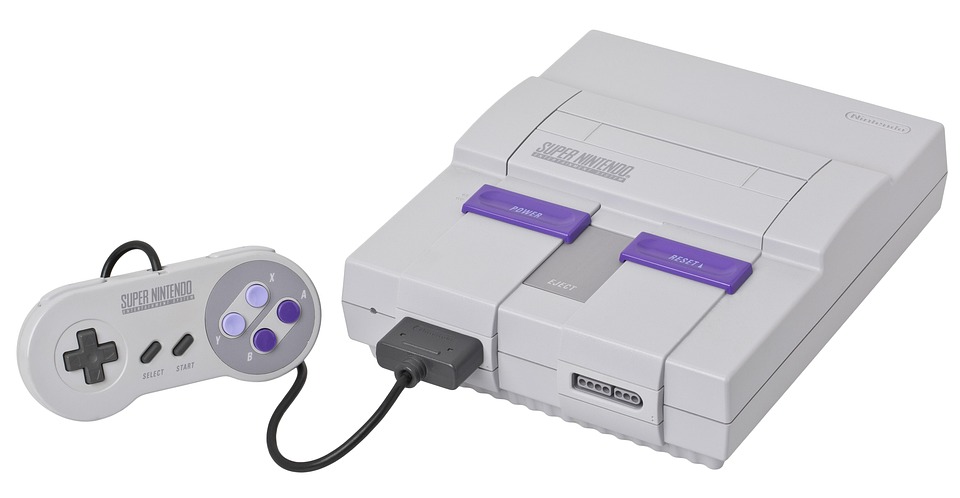As we delve deeper into the 21st century, the impact of retro video games continues to shape the gaming landscape in ways that are both profound and enduring. Titles from the ’70s, ’80s, and ’90s, which once captivated the imaginations of millions, now serve as the foundation for contemporary gaming. This article explores the lasting legacy of these iconic games and their influence on today’s industry.
A Glimpse into Retro Gaming
The early days of video gaming were characterized by simplicity. From the blocky graphics of Pong to the pixelated adventures in Super Mario Bros., each title carved out a unique niche in gaming history. These early games thrived on straightforward mechanics, colorful graphics, and engaging storylines, providing the groundwork for complex narratives and intricate gameplay that players experience today.
Innovation and Experimentation
Many retro titles were born from a spirit of innovation, often created under constraints that forced developers to think outside the box. For instance, the limited memory of early consoles led to the innovative design choices seen in classic arcade games. The fundamental concepts of level design, character abilities, and scoring systems laid the groundwork for today’s massive franchises.
Notable examples include:
-
Pac-Man (1980): This game introduced non-violent gameplay and a character that players could connect with emotionally. Its maze-like design and collectible items spawned a genre of “collect-a-thon” games that persists in modern titles.
- The Legend of Zelda (1986): This game revolutionized adventure gaming with its exploration, puzzles, and open-world concepts, setting the standard for action-adventure titles that followed.
Aesthetic Influence
Visual design in retro games was uniquely vibrant, with a charm that continues to resonate. The pixel art styles of these classics paved the way for indie games looking to evoke nostalgia, such as Stardew Valley and Celeste. As a result, the aesthetic choices of the past find renewed appreciation in the contemporary gaming world, fostering a genre of “retro revival” games.
Cultural Impact
Beyond gameplay, iconic retro titles have woven themselves into the fabric of popular culture. Characters like Mario, Sonic, and Donkey Kong have transcended their gaming origins, appearing in television shows, movies, and merchandise. The gaming community often hosts nostalgic events, such as retro gaming conventions, celebrating the culture these classics nurtured.
Fostering Community and Competition
Multiplayer retro games, such as Street Fighter II and Mortal Kombat, established social interactions in gaming, laying the groundwork for esports and online multiplayer experiences. The competitive gaming landscape that thrives today owes much to the foundations set by these games, which encouraged players to hone their skills against each other.
Revival and Reimagining
The retro gaming renaissance has brought a flood of remasters, reboots, and retro-inspired games into the modern market. Companies like Nintendo and Sega capitalize on the nostalgia of older titles, offering collections and compilations that allow new generations to experience the classics. Furthermore, indie developers regularly pay homage to retro games, drawing inspiration from simple mechanics and pixel art styles while infusing modern innovation.
Digital Preservation
The preservation of retro titles has become increasingly important as technology evolves. Platforms such as the Nintendo Switch Online, Xbox Game Pass, and dedicated emulators allow access to classic games, ensuring that their legacy is preserved for future generations. This digital renaissance keeps the spirit of iconic titles alive, providing an opportunity for gamers young and old to explore the origins of their favorite modern genres.
Conclusion
The legacy of iconic retro titles is undeniable. They shaped the way we view and engage with gaming, embedding themselves in our cultural memory and continuing to inspire both developers and players. As the industry evolves, these classic games remain a touchstone of creativity, innovation, and community—reminding us that sometimes, the simplest gameplay mechanisms can forge some of the most significant connections among players. As we push forward into the future of gaming, it is essential to honor and recognize the timeless impact of those early gaming pioneers. Game on!


